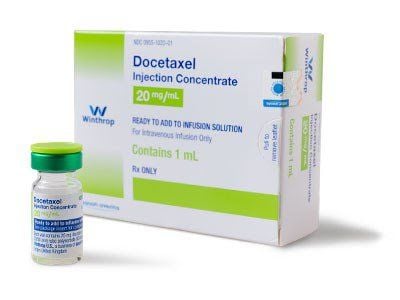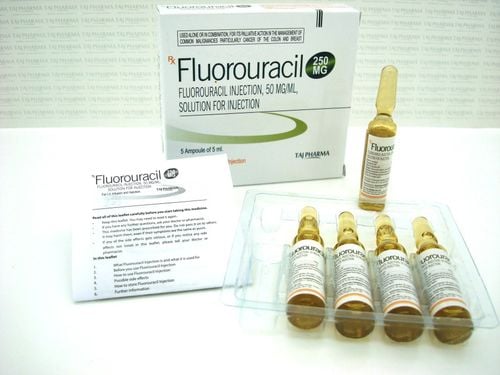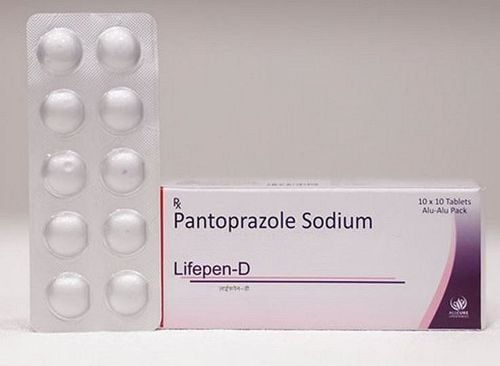This is an automatically translated article.
Helicobacter pylori (HP) is an infectious bacteria that lives in the digestive system. Many people have HP without symptoms of infection, but for others, the bacteria can cause a variety of digestive disorders such as gastritis, stomach ulcers, and some types of stomach cancer.1. Types of tests to check stomach HP bacteria
H. pylori test is used to detect bacteria in the digestive tract, based on the test results to diagnose whether the patient has an infection and provide an accurate treatment, appropriate to the condition. of the patient.
There are several different types of H. pylori testing that can be done. The following tables summarize these tests:
1.1 Non-endoscopic test Stool test for Helicobacter pylori Stomach or Stool antigen test :
To detect the presence of H pylori antigens in the patient's stool sample
Urea breath test to check for stomach HP bacteria or urea breath test :
The first step, medical staff will take a breath sample of the patient by allowing the patient to breathe in a breath the bag. The person will then be instructed to drink a liquid containing urea and then wait for about 15 minutes. During this time, if HP bacteria are present in the digestive tract of the patient, this bacteria will break down urea into carbon dioxide gas and will be present in the patient's breath. After that, the patient was collected a second breath sample.
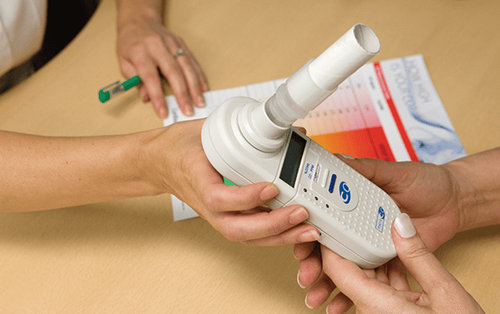
Xét nghiệm hơi thở
Both primary and secondary samples are sent to the laboratory. If your second breath sample has a higher-than-normal level of carbon dioxide, it means you have an HP infection in your digestive tract. Blood test to check for stomach HP bacteria: A blood test to detect whether the patient's body has made antibodies to HP bacteria or not. If there are antibodies to HP in the blood, it means that the person is currently infected with this bacterium or has been infected in the past.
1.2 Tests with Endoscopy or Endoscopy to check for HP bacteria During the patient's endoscopy, the doctor will take a sample of gastrointestinal tissue to perform the following tests. Although endoscopic methods have high accuracy, they are rarely performed due to their high invasive nature.
Histology: The gastrointestinal tract tissue will be examined under a microscope to look for H.
Rapid urease test: H. pylori produces urease, an enzyme that allows the bacteria to survive in the acidic environment of the stomach. Rapid urease test for the detection of urease in gastrointestinal tissue samples.
Culture : Bacteria are grown in nutrient medium, however results can take several weeks to be available. At the same time, with this test, the treating doctor can always assess which antibiotic is most likely to successfully treat the patient.
PCR (polymerase chain reaction): HP DNA fragments are amplified and used to detect bacteria.
Stool tests and urea breath tests are recommended to diagnose HP infection and to assess the effectiveness of treatment. These tests are performed most often due to the technique they are performed and the results are quick and non-invasive. Urea breath testing is not usually recommended for use in young children, but stool testing should be preferred.
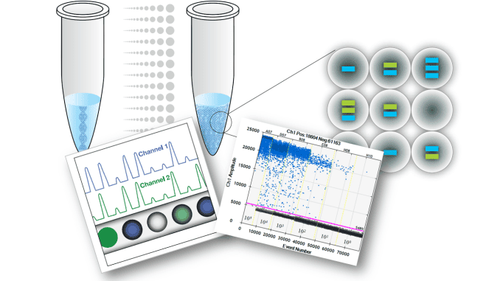
PCR được ứng dụng trong tìm vi khuẩn HP thông qua các đoạn ADN
2. When is the gastric HP test done?
Tests done when a person has pain in the gastrointestinal tract and other signs and symptoms of an ulcer, including:
Abdominal pain Unexplained weight loss Indigestion Fast feeling of fullness or bloating Nausea Ợ Some people may have more severe signs and symptoms that require emergency treatment, such as severe, sudden, persistent abdominal pain, bloody or black stools, or vomiting blood or vomit like coffee grounds.
HP testing can also be done about 4 to 6 weeks after the patient has completed the course of treatment to determine if the patient has cleared the infection. However, a follow-up test was not performed on each person.

Đau bụng do viêm loét dạ dày
3. How do test results read?
A positive test is when antigens are present in the patient's stool, breath test or biopsy showing signs and symptoms due to these bacteria. The patient will be treated with a combination of antibiotics and other drugs to kill the bacteria and treat pain and ulcers.
A negative test result means that the person is not infected with H. pylori and that current signs and symptoms may be due to another cause. However, if symptoms persist, further tests will be needed to find the cause, such as a tissue biopsy.
Vinmec International General Hospital is one of the hospitals that not only ensures professional quality with a team of leading medical doctors, modern equipment and technology, but also stands out for its examination and consultation services. comprehensive and professional medical consultation and treatment; civilized, polite, safe and sterile medical examination and treatment space. Customers when choosing to perform tests here can be completely assured of the accuracy of test results.
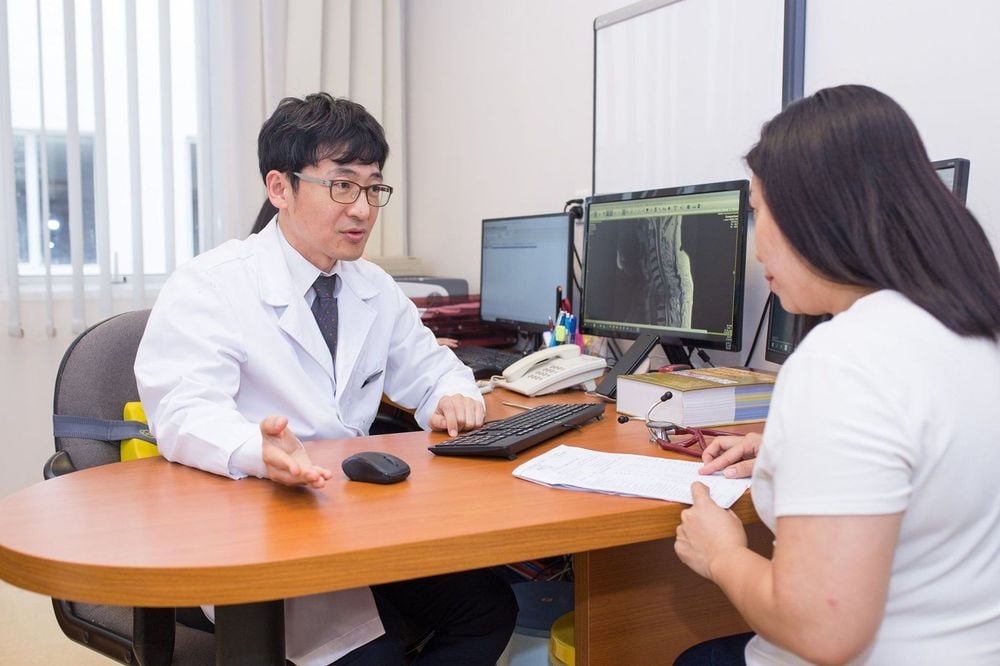
Định kỳ kiểm tra sức khỏe tiêu hóa giúp phát hiện và điều trị sớm bệnh lý
Customers can directly go to Vinmec Health system nationwide to visit or contact the hotline here for support.
References: labtestsonline.org, medlineplus.gov
MORE:
What is a PCR test? Is there a need for treatment for HP in children? HP bacteria live in what environment?




